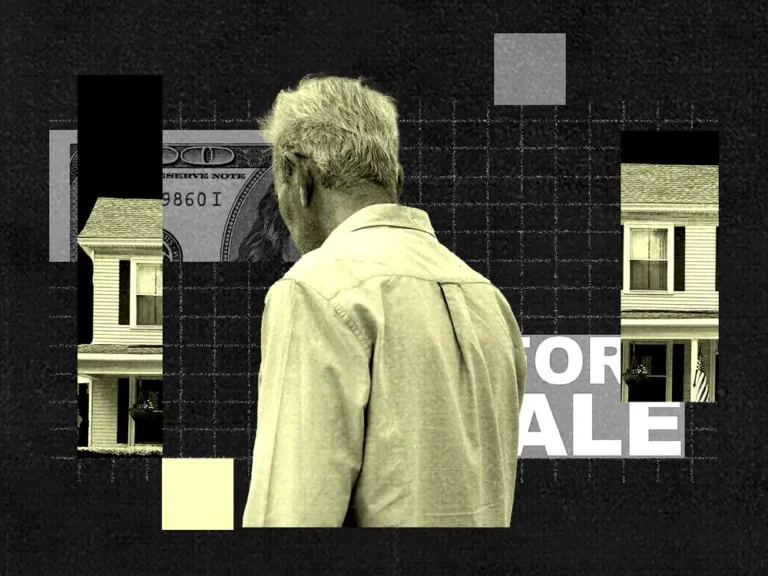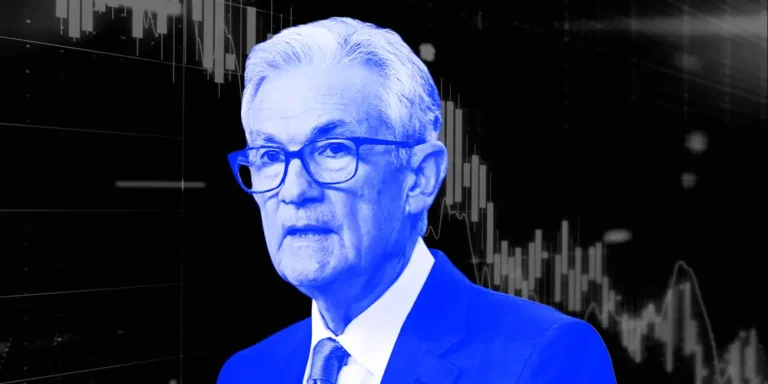Millions of student-loan borrowers are losing a key debt relief program in 30 days

The on-ramp period for federal student-loan borrowers is ending on September 30.
Student-loan borrowers have just one month left to benefit from a key debt relief program.
After federal student-loan payments resumed in October 2023 after an over three-year pause, President Joe Biden’s Education Department implemented a 12-month on-ramp period, during which the department would not report any missed payments to credit agencies.
That meant that while interest was still accruing on borrowers’ balances if they missed payments, they would not take any hits to their credit report that typically would happen if they fell behind.
However, the on-ramp is ending on September 30, after which borrowers who miss payments will no longer be shielded from negative credit reporting. The Education Department has started sending emails to some borrowers who missed payments during the on-ramp, saying that “we want to make sure you’re aware that these protections will end on Sept. 30, 2024.”
Once the on-ramp ends, borrowers who miss payments will be considered delinquent and reported to credit agencies. Missed payments also would not count toward any loan forgiveness or repayment programs, like Public Service Loan Forgiveness and income-driven repayment plans.
A recent report from the Government Accountability Office found that just 40% of borrowers with scheduled payments greater than $0 were current on their payments, and 29% of them were past due as of January 2024. Jason Delisle, a senior fellow at the nonprofit thinktank Urban Institute, told B-17 that those numbers could signal borrowers taking advantage of the on-ramp and other forms of debt relief.
“There’s also a chance that you’ll have your loans forgiven, which the Biden administration has very much so kept front and center for folks,” Delisle previously said. “Even if it’s not going to happen, they’ve definitely led people to believe that it probably is.”
As these protections come to an end, millions of borrowers are already in forbearance due to legal challenges to Biden’s new SAVE income-driven repayment plan, which is intended to lower monthly payments and provide a shorter timeline for loan forgiveness. Earlier this year, two separate groups of GOP state attorneys general filed lawsuits to block provisions of the SAVE plan.
The 8th Circuit Court of Appeals ruled in favor of one of the groups in early August, blocking the Education Department from implementing the plan in its entirety pending a final decision. The department asked the Supreme Court to reverse the ruling, but for now, 8 million enrolled borrowers are in limbo as they wait to find out whether they can continue making the lower payments through SAVE.
At the same time, the department is finalizing its broader student-loan forgiveness plan to go into effect in October. Expected to benefit over 30 million borrowers, the plan would give relief to borrowers who have made more than 20 years of payments and would cancel unpaid interest, among other provisions.
However, with legal threats facing that plan, as well — and with the uncertainty of the presidential election — borrowers are gearing up for an uncertain end to the year.





